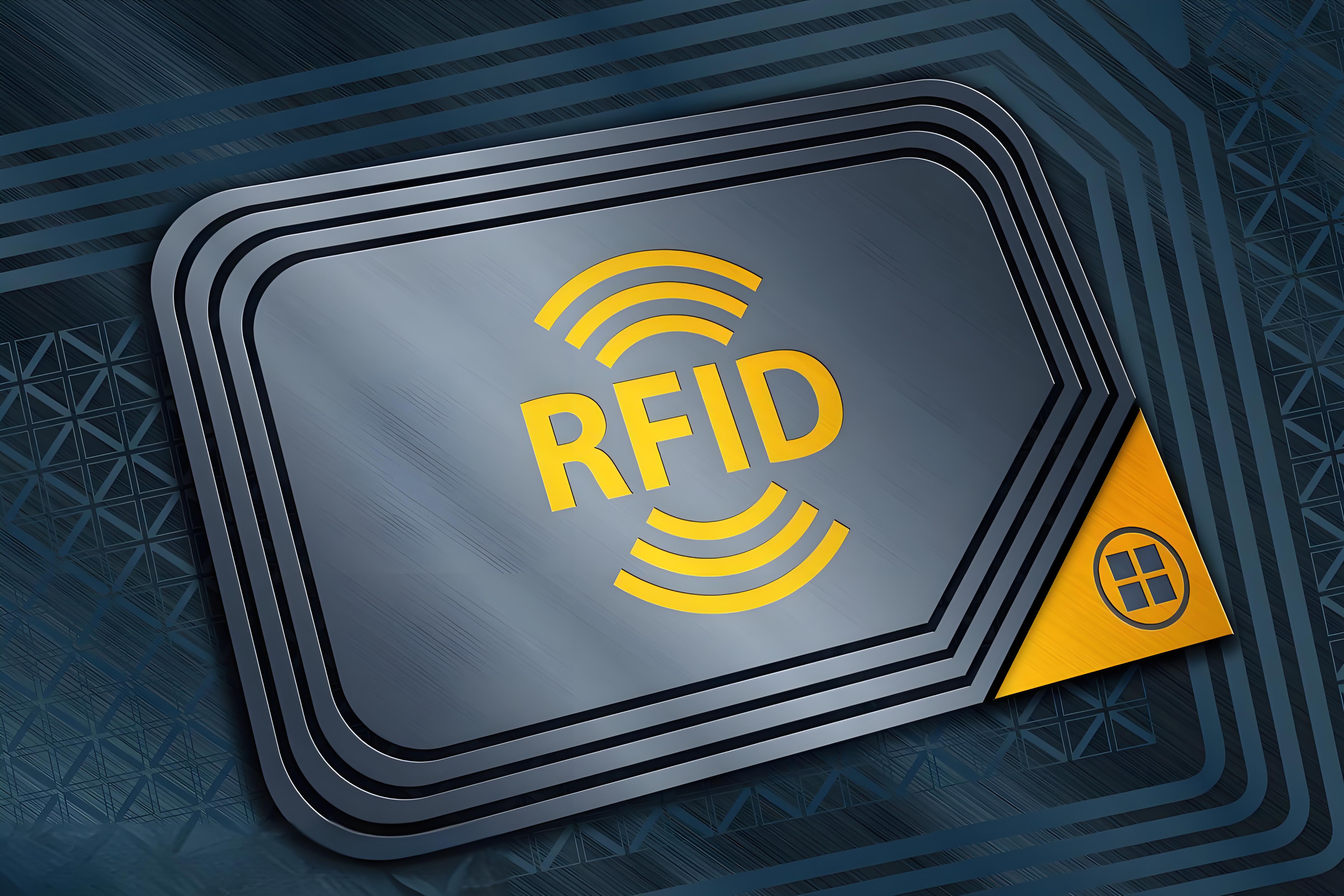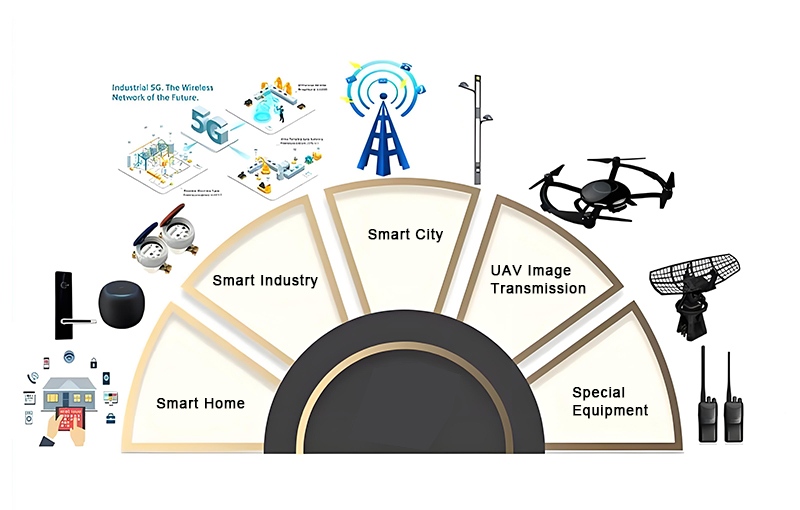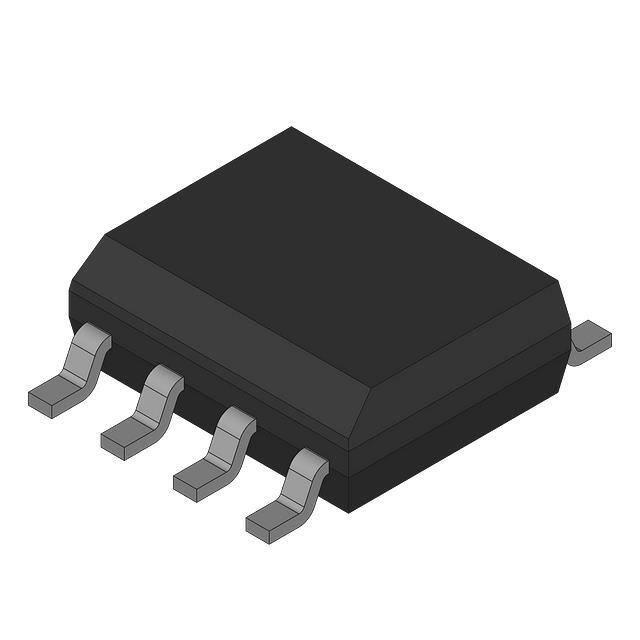What is RFID technology?
RFID ( Radio Frequency Identification ) technology is an automatic identification technology that uses wireless radio frequency to perform non-contact two-way data communication and uses wireless radio frequency to read and write recording media (electronic tags or radio frequency cards) to achieve the purpose of identifying targets and exchanging data.
Its principle is to perform non-contact data communication between the reader and the tag to achieve the purpose of identifying the target. RFID is widely used, and typical applications include animal chips, car chip anti-theft devices, access control, parking lot control, production line automation, and material management.

The basic components of the RFID system include RFID electronic tags, readers, and application software. It is an automatic identification system that uses radio frequency identification technology for data collection and transmission.

Under normal circumstances, after the RFID electronic tag enters the electromagnetic field emitted by the reader, the induced current obtained from the antenna is converted into the power supply of the chip after the boost circuit. At the same time, the energy obtained from the induced current is converted into a digital signal through the radio frequency front-end circuit and sent to the logic control circuit for processing. The information that needs to be replied is sent from the tag memory, sent back to the radio frequency front-end circuit through the logic control circuit, and finally sent back to the reader through the antenna.
RFID readers can be divided into low frequency, high frequency, ultra-high frequency, and microwave according to the working frequency
Radio frequency identification technology can be divided into the following according to the power supply method of its tag:
Passive RFID:
The product was developed the earliest, is the most mature, and has the widest market application. For example, bus cards, canteen meal cards, bank cards, hotel access cards, second-generation ID cards, etc., which can be seen everywhere in our daily life and belong to the category of close-range contact identification.
Active RFID:
It has been developed slowly in recent years. Its long-distance automatic identification characteristics determine its huge application space and market potential. In the field of long-distance automatic identification, such as smart prisons, smart hospitals, smart parking lots, smart transportation, smart cities, smart earth and the Internet of Things, it has major applications.
Semi-active RFID:
Passive RFID does not have its own power supply, but the effective identification distance is too short. The active RFID identification distance is long enough, but it requires an external power supply and is larger in size. Semi-active RFID is the product of compromise for this contradiction. Semi-active RFID is also called low-frequency activation trigger technology. Under normal circumstances, semi-active RFID products are in a dormant state, and only the part of the tag that holds data is powered, so the power consumption is small and can be maintained for a long time.

When the tag enters the identification range of the RFID reader, the reader first uses a 125KHz low-frequency signal to accurately activate the tag in a small range to put it into working state, and then transmits information with it through 2.4GHz microwaves. In other words, first use low-frequency signals to accurately locate, and then use high-frequency signals to quickly transmit data. Its usual application scenario is: in a large range that can be covered by a high-frequency signal, multiple low-frequency readers are placed at different locations to activate semi-active RFID products. This not only completes positioning, but also realizes information collection and transmission.
Generally speaking, RFID technology has the following characteristics:
1. Applicability: RFID technology relies on electromagnetic waves and does not require physical contact between the two parties. This allows it to establish a connection regardless of dust, fog, plastic, paper, wood and various obstacles, and directly complete communication.
2. Efficiency: The reading and writing speed of the RFID system is extremely fast, and a typical RFID transmission process is usually less than 100 milliseconds. High-frequency RFID readers can even identify and read the contents of multiple tags at the same time, greatly improving the efficiency of information transmission.
3. Uniqueness: Each RFID tag is unique. Through the one-to-one correspondence between RFID tags and products, the subsequent circulation of each product can be clearly tracked.
4. Simplicity: RFID tags have a simple structure, high recognition rate, and simple reading equipment. Especially with the gradual popularization of NFC technology on smartphones, each user's mobile phone will become the simplest RFID reader.


